Reflecting Telescopes
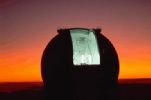
| H. E. Smith | Winter 2007 |

| Physics 7 Lecture Summary #4
(cont'd) Reflecting Telescopes |

|

Reflecting
telescopes
use mirrors to focus light following the Principle of
Reflection.
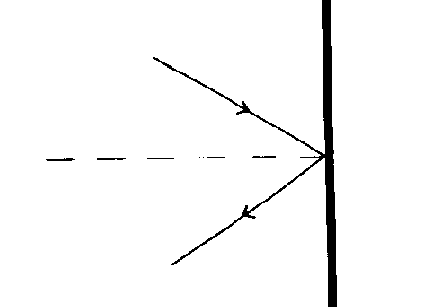 |
| Angle of incicence (in) equals angle of reflection (out). |
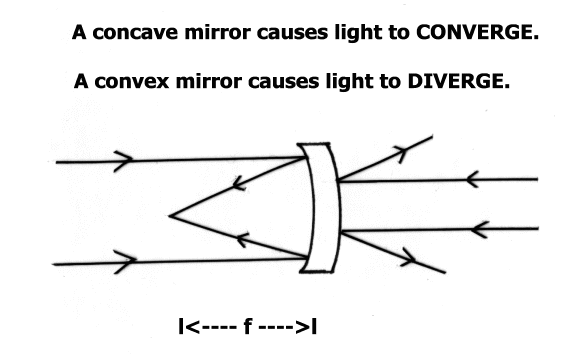 |
Modern reflecting telescopes use a parabolically shaped primary mirror coated with a thin film of aluminum.
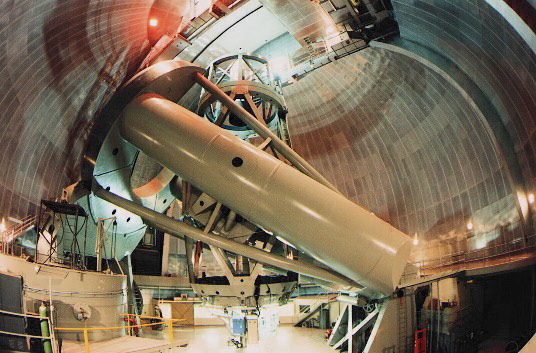
The 200" (5m) Hale Reflector of Palomar Observatory is shown above. Until recently it was the world's largest optical/infrared telescope. Palomar is located in N. San Diego County and is well worth a visit on a pleasant weekend. The Visitors Gallery of the 200" telescope and a walking tour of the Observatory are open to visitors from 9:00am -- 4:30pm. We are currently using the 200" telescope for a survey of distant infrared galaxies.
All modern optical/infrared telescopes are reflecting telescopes, because:
The world's largest optical/infrared telescopes are the twin 10-meter Keck Telescopes operated by the University of California and Caltech on the 13,700ft dormant volcano, Mauna Kea, Hawaii. These are the principal research instruments of UCSD optical and infrared astronomers.
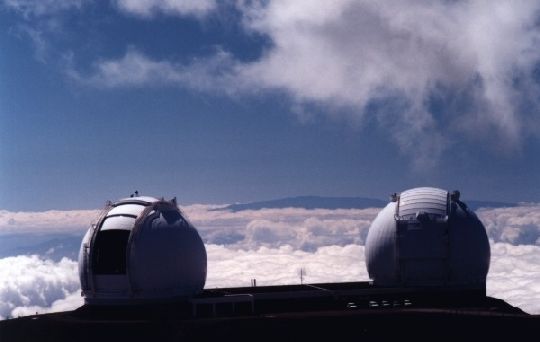
The Keck Telescopes employ hexagonal segmented primary mirrors, each made out of 36 hexagonal segments, 1.8m in diameter. In order to maintain a precise optical surface the positions of the segments are monitored by sensors which relay signals to a computer which drives precision actuators, keeping each segment in proper alignment.
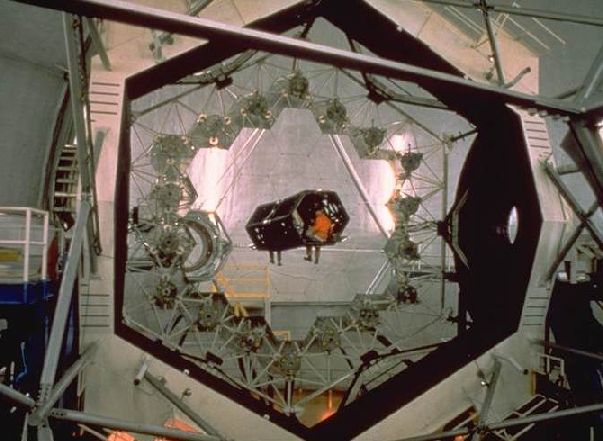
Mauna Kea is probably the world's best observatory site because of its stable atmosphere, maintained by the island's marine layer, and its altitude. Over 20 astronomical telescopes from the US, Britain, Canada, France and Japan are in operation or under construction.
The lecture continues with Radio Telescopes
 Radio Telescopes
Radio Telescopes
![]() Refracting Telescopes
Refracting Telescopes
![]() Physics 7 Lectures
Physics 7 Lectures
![]() Physics 7 Home
Physics 7 Home